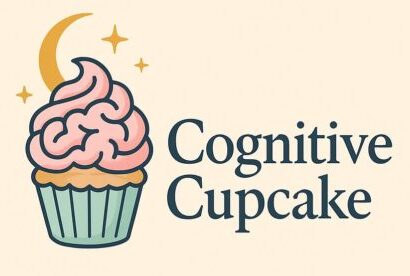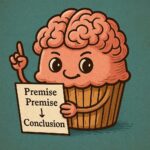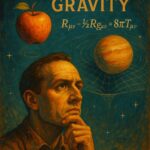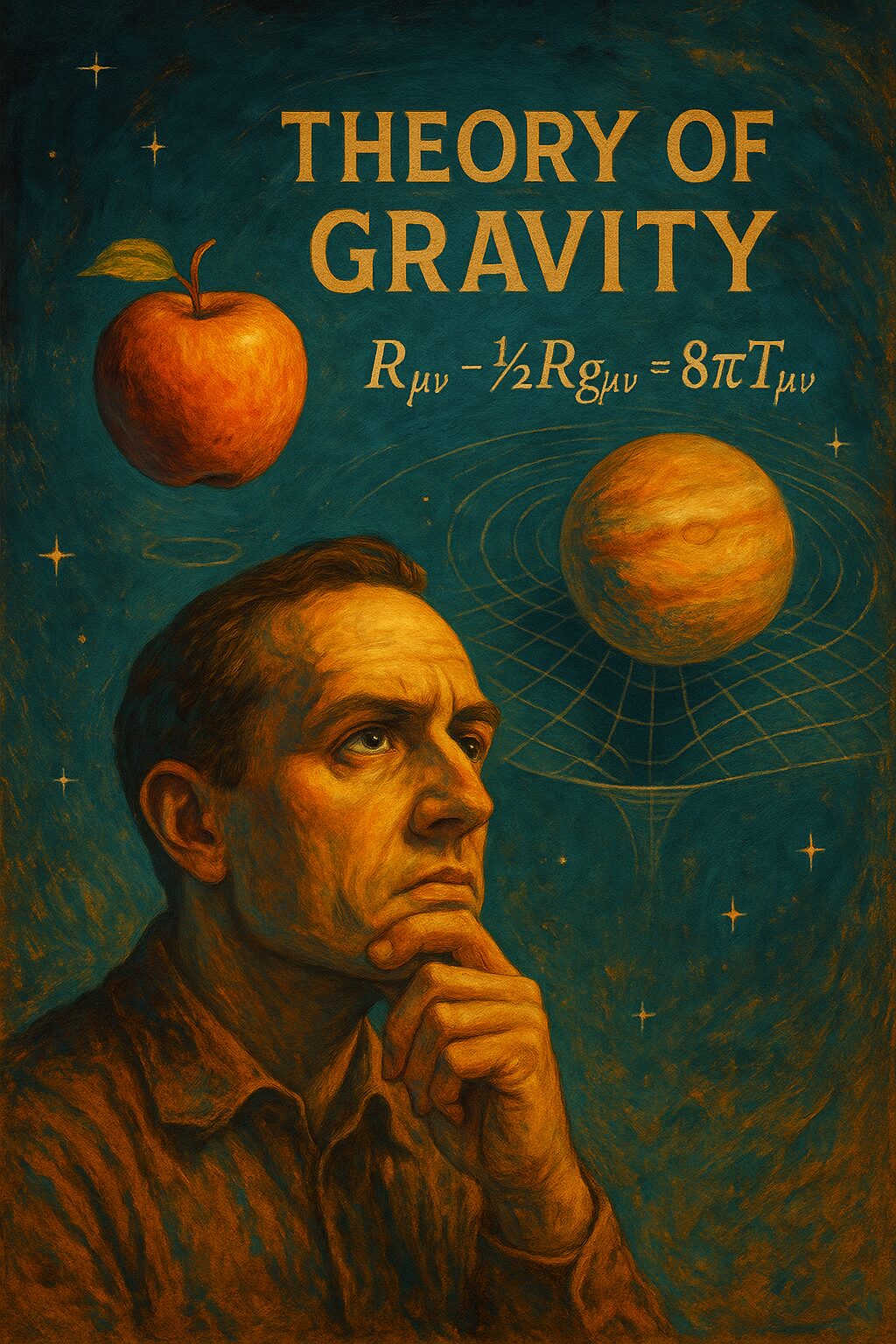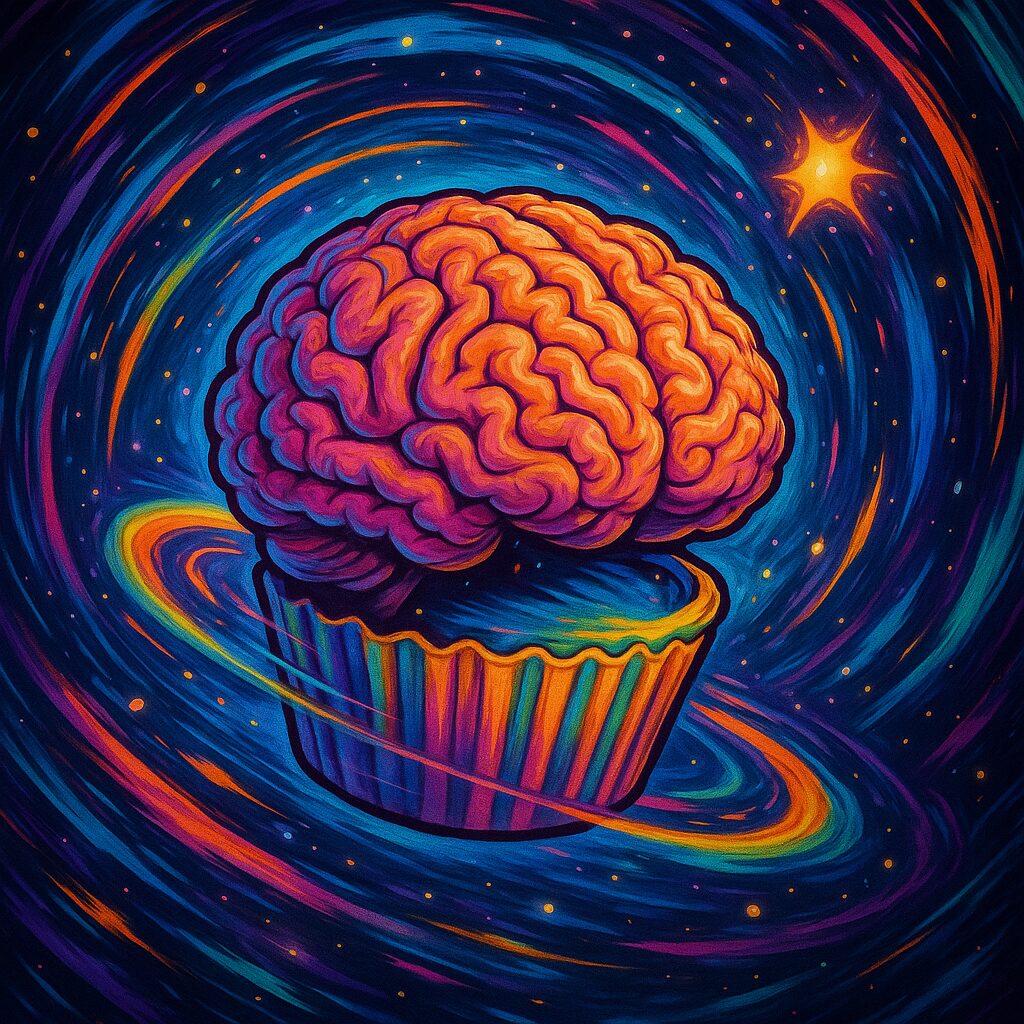
Every so often, in the ever-vibrant cocktail party that is modern discourse, someone will brush off a well-established idea by saying, “Well, that’s just a theory.” The implication is clear: theories are flimsy, speculative guesses; they’re not facts, not truths, not to be taken too seriously.
But in the world of science — where words carry more precision than they do in casual conversation — the term theory stands on much sturdier ground. In fact, scientific theories are among the most reliable forms of knowledge humanity has ever produced. Let’s explore why.
What Is a Scientific Theory?
In science, a theory is not a hunch, not a wild guess, not even an educated guess. A theory is:
- A comprehensive explanation of some aspect of nature.
- Based on a body of evidence collected through repeated observation and experimentation.
- Testable and falsifiable, meaning it can be supported or refuted by empirical data.
- Predictive, often allowing scientists to anticipate phenomena that have not yet been observed.
The National Academy of Sciences defines a scientific theory as “a well-substantiated explanation of some aspect of the natural world that can incorporate facts, laws, inferences, and tested hypotheses.” (National Academy of Sciences, 1999).
The Theory of Gravity: A Case Study
Take gravity. When people say, “Gravity is just a theory,” they’re standing on extremely shaky ground (pun fully intended).
- Newton’s Law of Universal Gravitation gives us the math to predict how objects attract.
- Einstein’s General Theory of Relativity explains gravity as the warping of spacetime by mass and energy.
- Countless experiments, from planetary orbits to GPS satellite corrections, support these theories.
Yet, we call it a theory because it is a comprehensive framework that explains phenomena across vast domains — from falling apples to black holes — and remains open to refinement as new data emerge.
The Weight of Evidence
Theories such as:
- Evolutionary Theory (Darwin, 1859; modern synthesis)
- Germ Theory of Disease (Pasteur, Koch, et al.)
- Atomic Theory (Dalton, Bohr, Schrödinger)
…are not guesses. They are the culmination of decades or even centuries of rigorous testing, critical review, replication, and refinement.
Rejecting these as “just theories” is like dismissing Mount Everest as “just a hill.”
Why This Matters
Understanding the strength behind scientific theories is crucial, especially in an age where misinformation can spread like wildfire. When we dismiss theories as speculative, we dismiss the very structure of scientific knowledge — knowledge that has given us vaccines, technology, space travel, and an understanding of our place in the cosmos.
Science thrives on skepticism — but informed skepticism, not knee-jerk dismissiveness.
So the next time someone says, “That’s just a theory,” you might politely reply: “Yes — and that’s exactly why it’s so powerful.”
Sources:
- National Academy of Sciences. (1999). Science and Creationism: A View from the National Academy of Sciences. 2nd ed.
- Newton, I. (1687). Philosophiæ Naturalis Principia Mathematica.
- Einstein, A. (1915). Die Feldgleichungen der Gravitation.
- Darwin, C. (1859). On the Origin of Species.
- Pasteur, L. (1860s). Germ Theory of Disease.
- Dalton, J. (1808). A New System of Chemical Philosophy.
Disclaimer: This article was generated with AI for Cognitive Cupcake.
